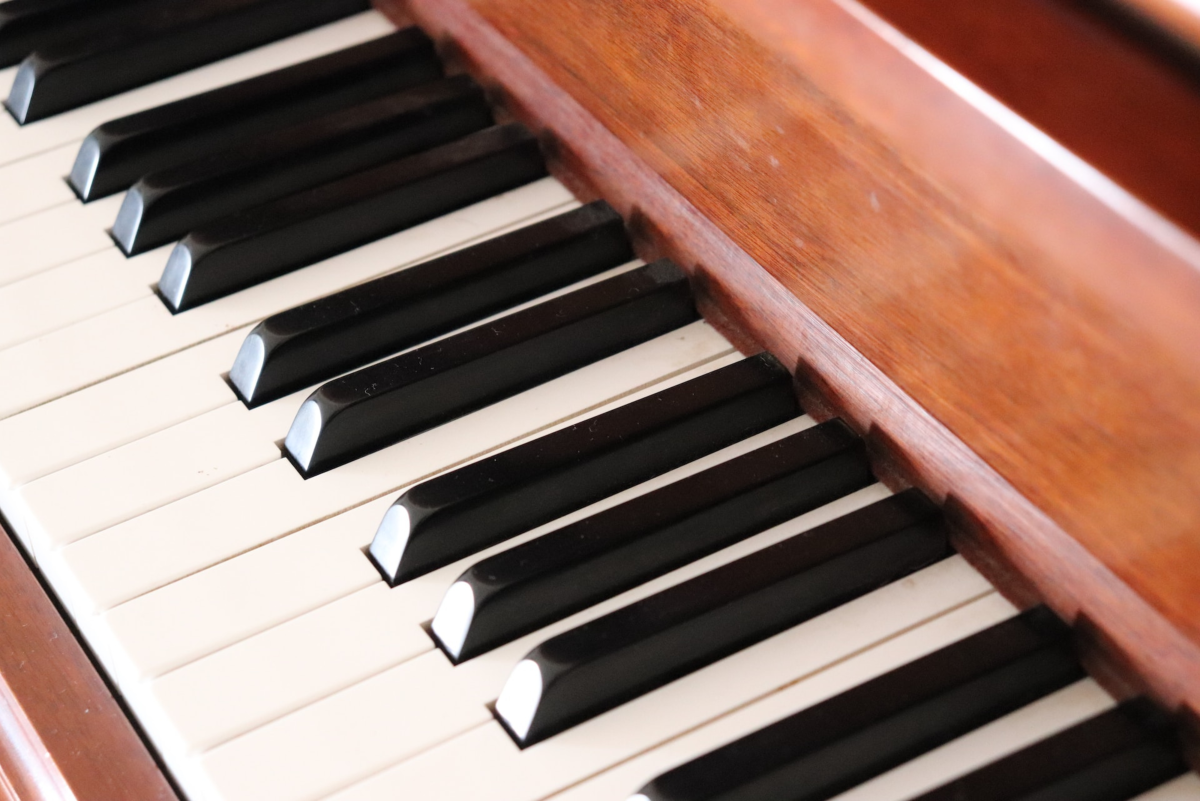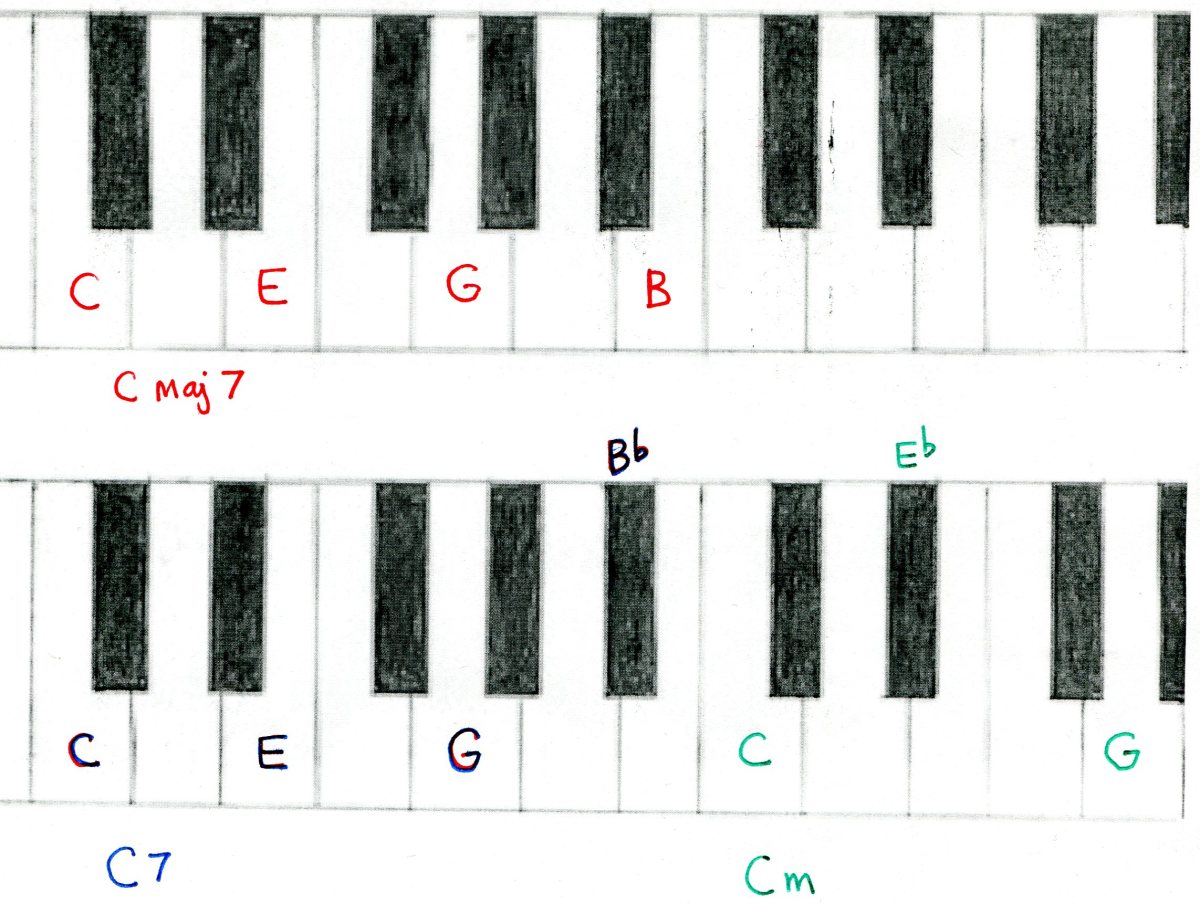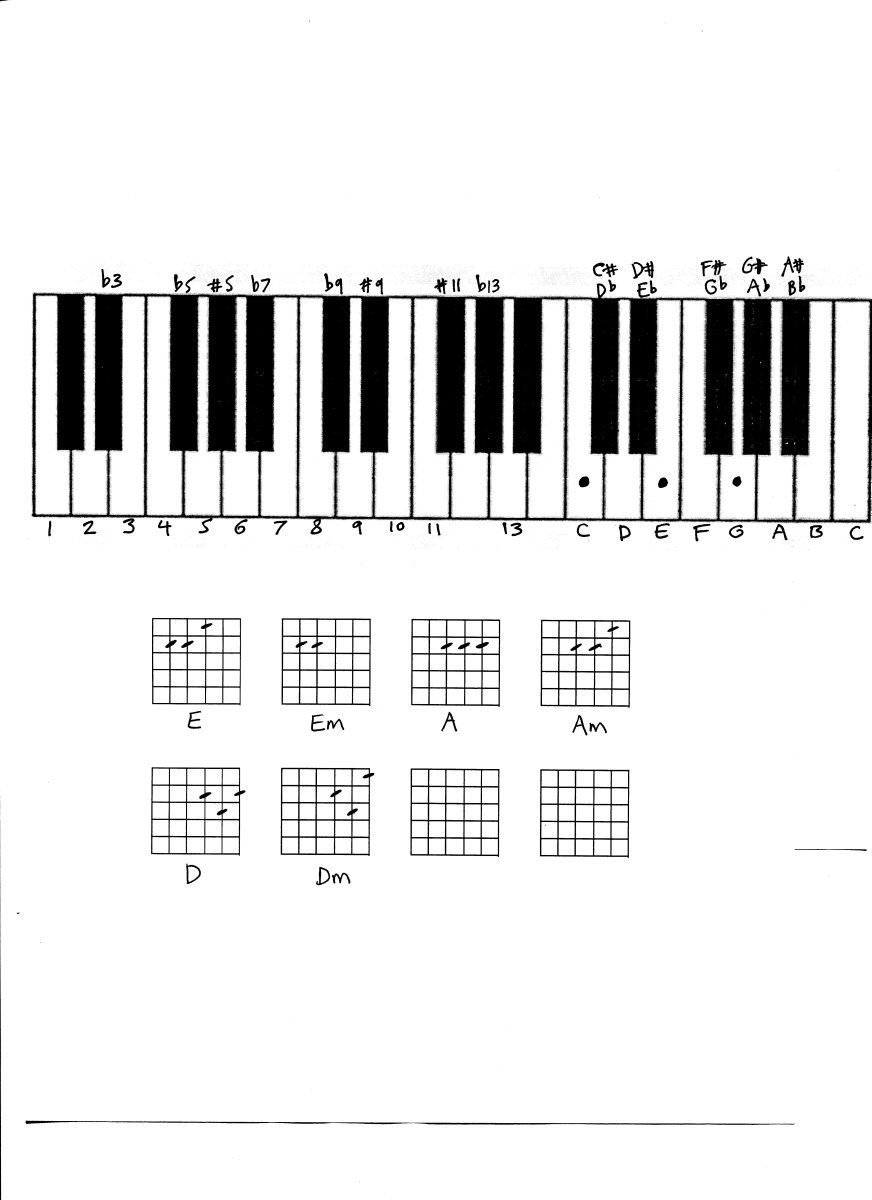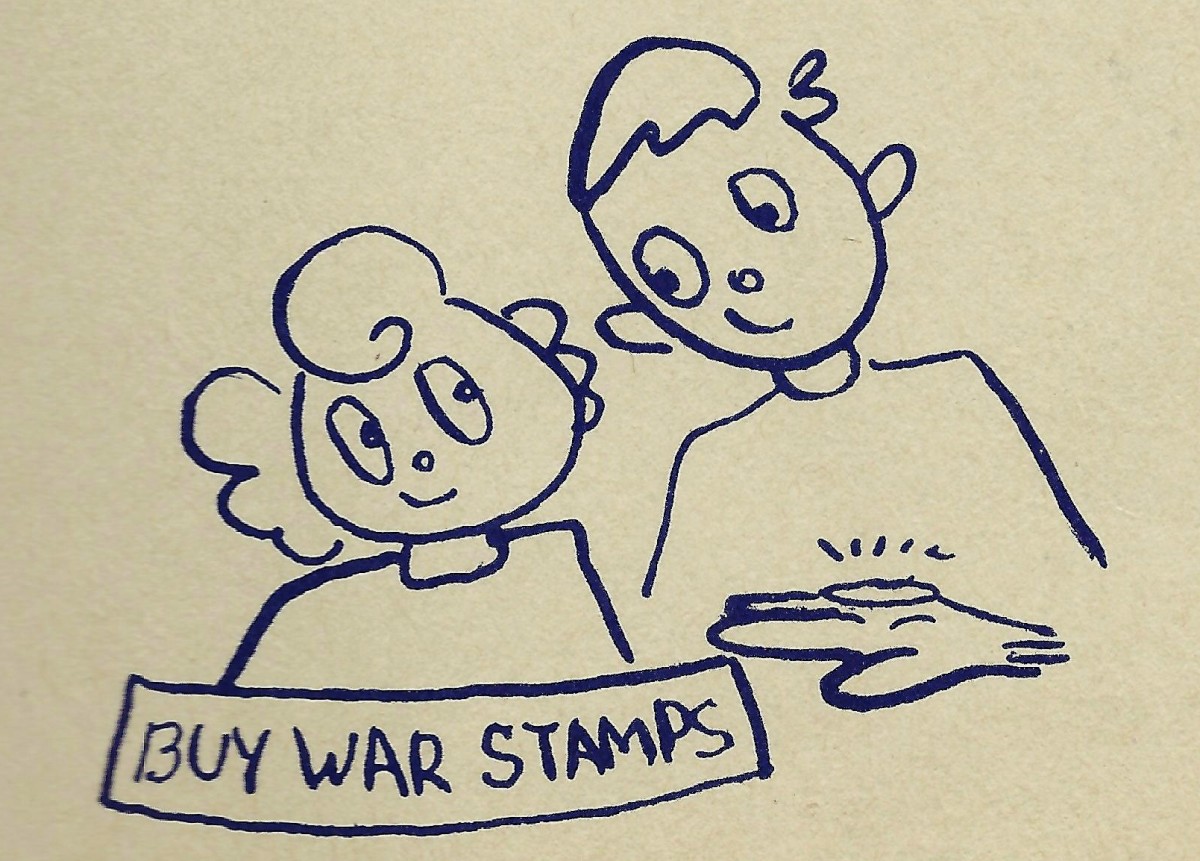How to Teach Piano: Note Recognition
Teaching piano is like teaching a new language, only instead of words and sentences, there are notes and symbols and lines. As with learning a new language, it may be take music students a long time to be able to read notes proficiently. Remembering notes, or note recognition, is a very important skill for a student to gain, but it can often be a struggle for the beginner student to feel comfortable and confident in this skill. My fellow hubber zanin has asked me for some tips to help her son remember his musical notes, and I hope to give some helpful suggestions for parents and teachers to use when teaching piano.
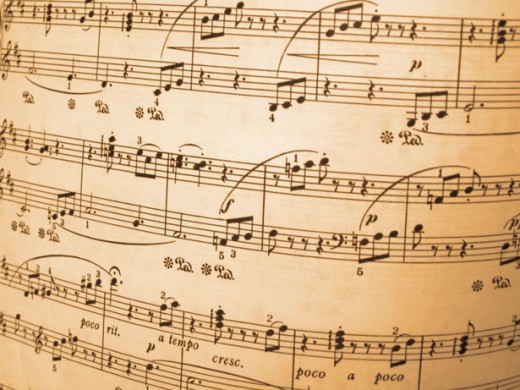
From the Beginning
Note recognition training should start from lesson one. Basic principles can be taught from the beginning, such as the differences between quarter notes, half notes, and whole notes. I use flashcards that demonstrate how these notes can go up or down the keyboard - they look like they are going uphill or downhill. At this point, when the student looks at a simple piece of music, they should be able to see which direction on the keyboard the notes are moving. Ask the student if the notes are going up the keyboard (to the right) or down the keyboard (to the left).
The piano student should also start to learn the letter names of the physical keys. Start with A and have your student spell up the alphabet until he reaches G. Explain that the musical alphabet stops at G and starts over at A again. The student should begin to see the pattern that the black and white keys make. Have them find all the A's on the keyboard, then all the B's, etc. Point out Middle C, which will be the starting point in learning to play piano.
Your piano student also needs to learn the finger numbers. Thumbs are Number 1, index fingers are Number 2, and so on. Once the student is introduced to note images, letter names on keys, and finger numbers, they are ready to begin to read music.
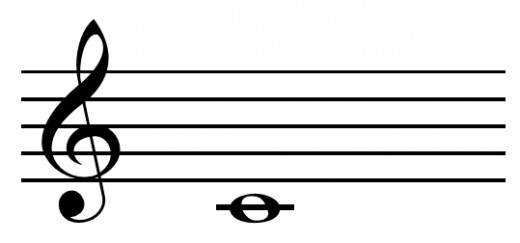
Middle C
Show your student Middle C on the keyboard and Middle C on a sheet of music or a flashcard. Point out the little line that cuts it in half. Once the student is able to recognize and play Middle C, they can move on to D and E as played with the right hand. The next notes to learn are B and A as played with the left hand. From there add the notes F and G in the left hand and F and G in the right hand. Let your student become comfortable reading these notes before you move on to the rest of the notes on the staff.
Acronyms
On the musical Grand Staff, every line and space is a certain note that corresponds to the keyboard. The easiest way to remember which line and space is which note is to memorize acronyms. If you notice on the staff imaged below, there are two separate sets of lines and spaces. The top set is known as the treble clef, and the bottom set is known as the bass clef.
On the treble clef, the notes of the spaces spell out F-A-C-E. The lines of the treble clef have the notes E-G-B-D-F. The most popular acronym for memorizing the lines of the treble clef is: Every Good Boy Does Fine. Of course, the student can make up their own acronym with the letters - the important thing is to remember the letters in the proper order.
On the bass clef, the notes of the spaces are A-C-E-G, which have the acronym: All Cows Eat Grass. Another acronym that you could use is: All Cars Eat Gas. The notes for the lines of the bass clef are G-B-D-F-A. The acronym for this is: Good Boys Do Fine Always. This can be easily confused with Every Good Boy Does Fine however, so an alternate acronym may work better.

Labeling Notes
In the beginning, the student will have a hard time looking at a note on the page and recognizing which letter it represents. I try to bridge the gap by labeling the notes in pencil on the first pages of the piano book. I do this with the student, having them think through the acronyms to figure out which letter I should write down. Eventually, the student should be able to see a note in the music and recognize the letter quickly. It is easy, however, for the student to become dependent on the letter labels. For this reason, letter labels shouldn't be used for too long - just long enough for the student to feel more confident in reading music.

Flashcards
One time-tested resource for training a student's mind in memory is using flashcards. These can be a helpful tool that allows the student to look away from the music book for a little while. Flashcards can be purchased online or printed off of websites. You can also make your own using colorful 3x5 index cards. Having a single note on each card separates the image for the student, and over time they will be able to recognize the picture and the note name at the same time.
Keyboard Stickers
I know from personal experience that keyboard stickers can be extremely helpful for a beginner student in remembering the letter names of the keys. Of course, this is probably better if you have an electronic keyboard as opposed to a shiny grand piano, as I can't promise that the stickers won't leave marks on the keys.
Curriculum
A good curriculum is important in providing a good foundation for the beginner student. I recommend the Alfred's Basic Piano Course, because it moves at a good pace for elementary aged children. For younger students under the age of six, I would recommend Alfred's Music for Little Mozarts series.
In Conclusion
As with most worthwhile things in life, note recognition takes a lot of time and practice to perfect. Spending extra time in practice and repetitive drills (such as flash cards) will help your student get over this hill and into the wonderful world of music.
Read more by Rose West
- How to Teach Piano to Young Children
Children aged four to six can be challenging yet rewarding piano students. Learn how to approach a lesson with young students, creating a fun learning experience. - What You Need to Teach Piano Successfully
Most of my readers probably don't know that I teach piano. I like to call myself a writer, but in truth Im a lot of things. And one of those things is a piano teacher. I don't have a teacher's license,... - How to Teach Piano: The First Lesson
The first piano lesson can be very intimidating for both teacher and student. Everyone knows how important first impressions are, and no one wants their first piano lesson to go badly. The piano teacher...





